The European Union’s AI Act has recently emerged as a focal point of intense debate and scrutiny. This legislation, the first of its kind globally, seeks to impose stringent transparency requirements on the use of AI systems. As the AI Act prepares to come into force, it has sparked significant controversy, especially concerning the transparency of AI training data, which has long been a closely guarded secret within the industry.
Stay with us as we shed more light on the latest events.
The EU AI Act: A New Era of Regulation
The European Union’s new AI rules, set to take effect in June following a political agreement reached last December, intend to act as a global benchmark for AI governance. Belgian digitization minister Mathieu Michel highlighted the significance of the law, stating:
This landmark law, the first of its kind in the world, addresses a global technological challenge that also creates opportunities for our societies and economies.
The new rules impose strict transparency requirements on high-risk AI systems, with slightly lighter regulations for general-purpose AI models. Real-time biometric surveillance in public spaces is also restricted to specific cases, such as preventing terrorism or locating suspects of serious crimes. These measures aim to foster innovation while ensuring ethical AI development.
But it doesn’t come without inconveniences for those at the heart of the AI industry advancements.
Industry Resistance and Legal Challenges
One of the most contentious aspects of the AI Act is the requirement for organizations deploying general-purpose AI models, like ChatGPT, to provide detailed summaries of the content used to train their systems. This stipulation has met with strong resistance from AI companies, which argue that such information constitutes trade secrets that, if disclosed, would give competitors an unfair advantage.
Matthieu Riouf, CEO of AI-powered image-editing firm Photoroom, likened the situation to culinary practices, stating:
There’s a secret part of the recipe that the best chefs wouldn’t share.
This sentiment echoes across the industry, where many fear that transparency could undermine their competitive edge.
Since the public release of OpenAI’s ChatGPT, backed by Microsoft, there has been a surge in public engagement and investment in generative AI technologies. These applications can rapidly produce text, images, and audio content, attracting significant attention and raising questions about the sources of training data. Concerns have been voiced over whether the use of copyrighted materials without permission for AI training constitutes a breach of intellectual property rights.
The AI Act’s phased rollout over the next two years aims to give regulators time to implement the new laws while allowing businesses to adjust to their new obligations. However, the practical details of these regulations remain unclear, leaving many in the industry anxious about their potential impact.
It’s a matter of balancing innovation and regulation, but that’s never easy when we see European lawmakers deeply divided on the issue of AI transparency.
Dragos Tudorache, who led the drafting of the AI Act in the European Parliament, advocates for AI companies to open-source their datasets. He argues that transparency is crucial for creators to determine whether their work has been used to train AI algorithms.
Conversely, the French government, under President Emmanuel Macron, has privately opposed rules that could hinder the competitiveness of European AI startups. French Finance Minister Bruno Le Maire emphasized the need for Europe to lead in AI innovation rather than merely consuming American and Chinese products. Le Maire warned against the dangers of premature regulation:
For once, Europe, which has created controls and standards, needs to understand that you have to innovate before regulating.
Implications for the AI Industry
The requirement for detailed transparency reports poses significant challenges for both small AI startups and major tech companies like Google and Meta, which have heavily invested in AI technology. Over the past year, several tech giants, including Google, OpenAI, and Stability AI, have faced lawsuits from creators alleging unauthorized use of their content for AI training.
In response to growing scrutiny, some tech companies have begun negotiating content-licensing deals with media outlets and websites. Despite these efforts, incidents like OpenAI’s use of a synthetic voice resembling actress Scarlett Johansson’s in a public demonstration have highlighted the ongoing controversies surrounding AI’s impact on personal and proprietary rights.
However, companies are already being led to take more drastic steps. Although not directly related, the Irish Data Protection Commission (DPC) on behalf of the European DPAs caused Meta to temporarily halt the training of their large language models (LLMs).
This only makes us wonder how all these Data Protection Acts will continue to affect the future developments of the Artificial Intelligence Industry.
The Path Forward
As the EU AI Act takes effect, policymakers face the daunting task of balancing innovation with ethical considerations and intellectual property protection. The legislation represents a significant step toward greater transparency in AI development, but its practical implementation and long-term industry impact remain to be seen.
Moving forward, the balance between promoting AI innovation and ensuring ethical development will be a central issue for all stakeholders. The AI Act must acknowledge the need to protect trade secrets while facilitating the rights of copyright holders and other parties with legitimate interests.
There’s no doubt that the EU AI Act is a fundamental first step and will reshape the AI industry, but there is still work to be done. As it unfolds, the ongoing debates and adjustments will determine how effectively it can promote transparency without stifling innovation, setting a precedent for AI governance worldwide.
We will be here to watch.
— BlackoutAI editors
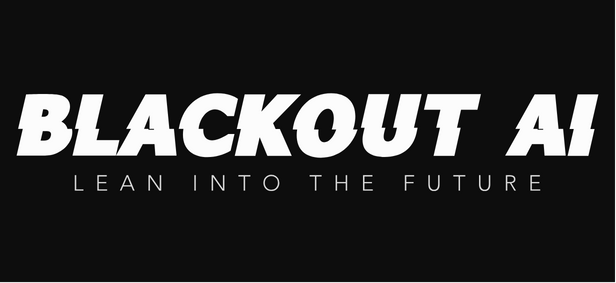
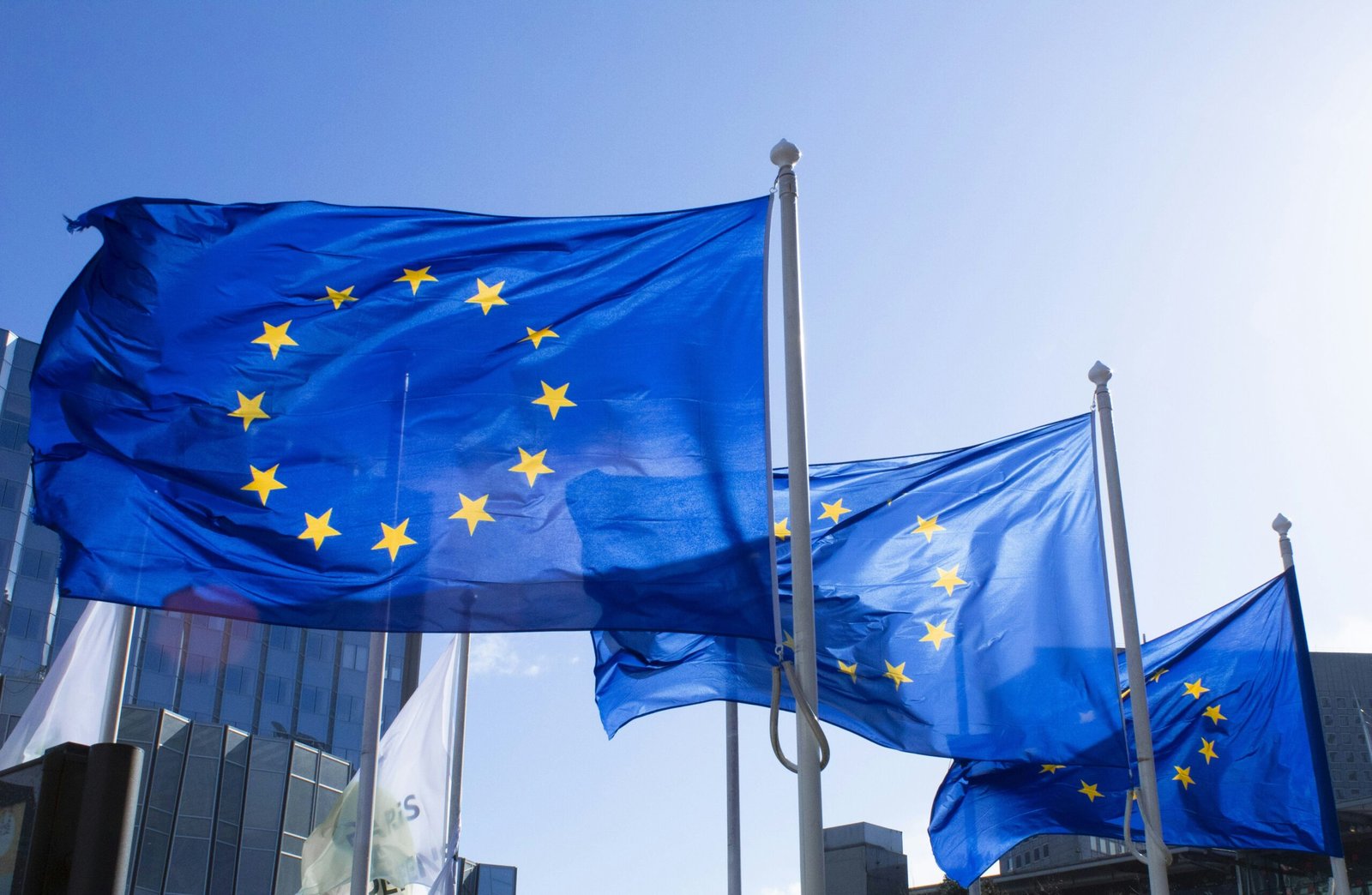
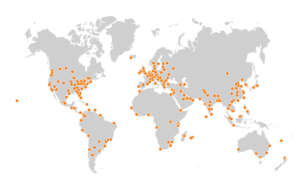



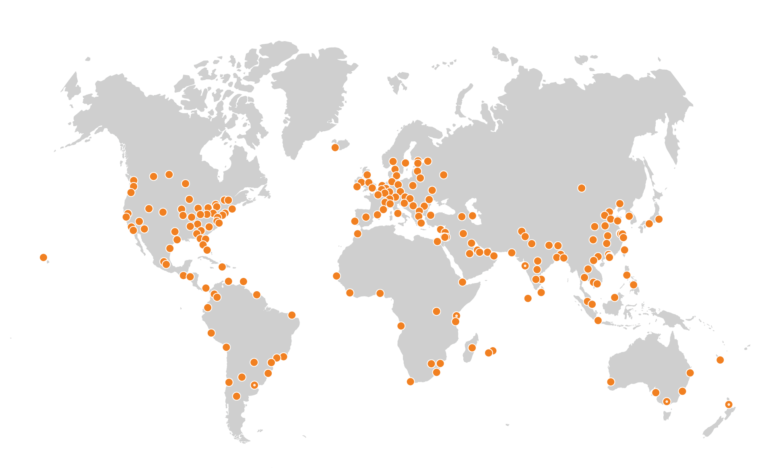


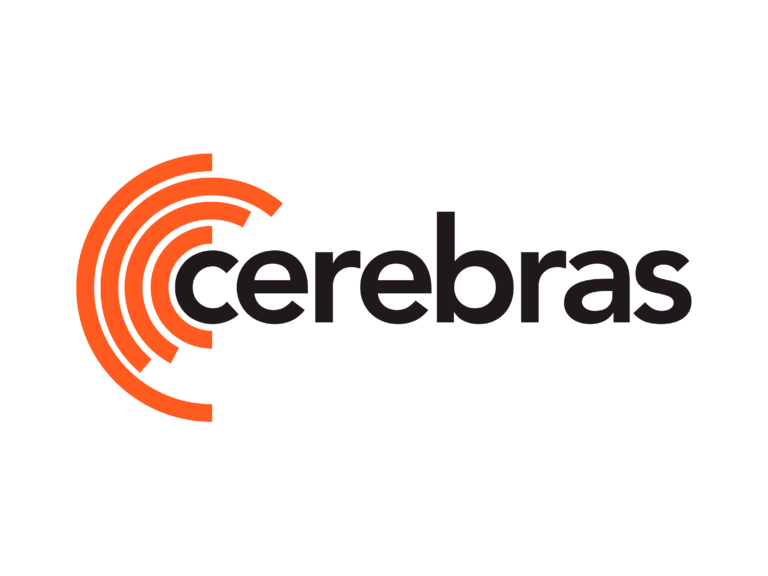

[…] Shedding More Light on the New EU AI Legislation and Its Controversy […]